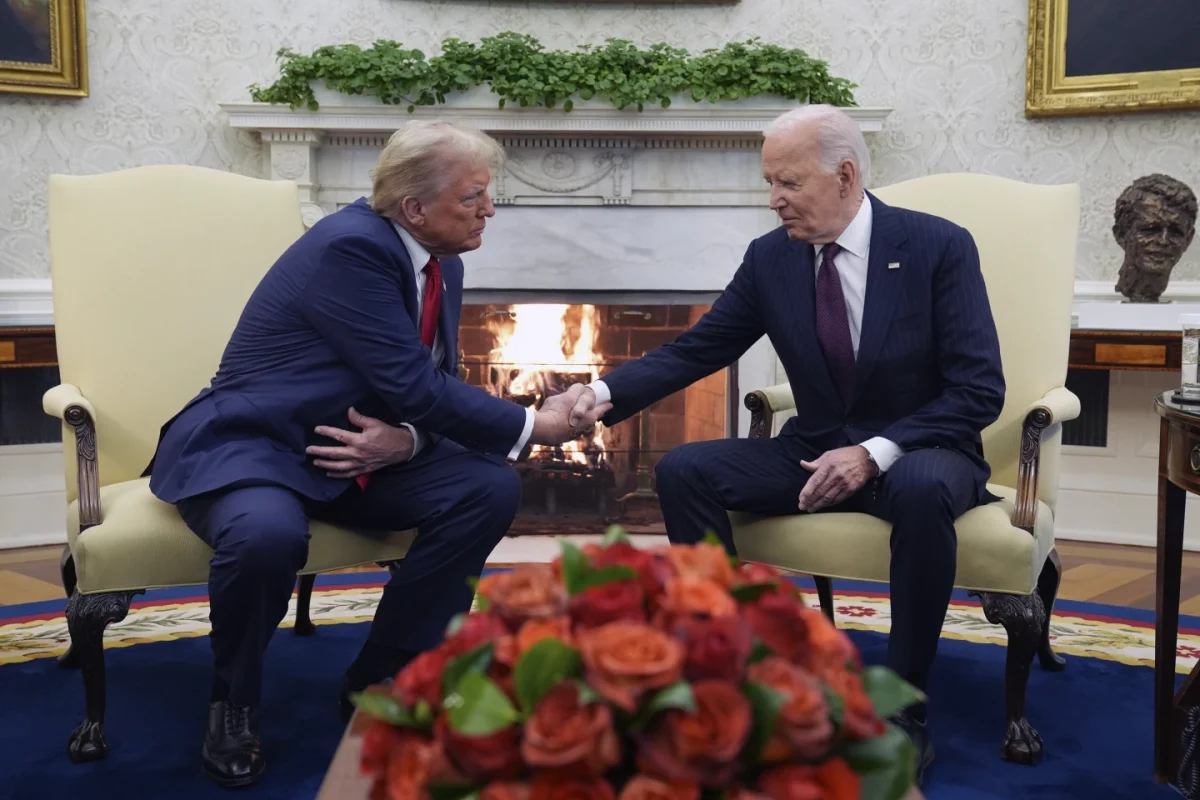In the early 19th century, Thomas Bruce, the seventh Earl of Elgin, removed 247 feet of marble frieze and a variety of architectural fixtures from the Greek Acropolis.
The validity of any permissions Elgin may or may not have received from the Ottoman Empire to remove the important cultural material has been aggressively contested. Nonetheless, the collection has since resided in the British Museum.
The museum’s preferred nomenclature for the collection is the Parthenon Sculptures, although they’re more commonly — and very unfortunately — referred to as the Elgin Marbles after the architect of their removal, the aforementioned Elgin.
The sculptures’ presence in the British Museum has been controversial for decades, and Greece has consistently expressed disapproval of their “captivity” in England. While the museum generally avoids discourses on the topic, its director, Hartwig Fischer, recently advocated for the legitimacy of the British Museum’s ownership in a ludicrous way.
When questioned about the sculptures, Fischer argued that removing cultural heritage from its original context is a “creative act,” adding that the sculptures’ presence in the British Museum offers “a different way of interacting with [them].”
I can’t imagine what differing modes of interaction Fischer is referencing. The comment rightly drew criticism from much of the museological community and even prompted Pulitzer Prize winning art critic Jerry Saltz to call it “one of the more disgusting cultural quotes ever.”
Fischer’s comment entirely fails to justify the museum’s ownership of the Greek sculptures and in its failure even offends the principles which constitute creativity. To a great extent, Fisher’s argument reflects a problematic paradigm in Western art curation — that of the universal museum.
In 2002, several major Western museums ratified a “Declaration on the Importance and Value of the Universal Museums” in a move initiated by the British Museum. The document largely sought to legitimize the exhibition of looted and stolen materials in Western museums by arguing that such practices are required of “universal museums” in order to satisfactorily represent “not just the citizens of one nation but the people of every nation.”
While its rhetoric seems progressive, many view the universal museum ideology as just a way to dodge concerns about the unethical display of looted artifacts in Western museums. Objects such as the Rosetta Stone, the Gweagal Shield and the Benin Bronzes represent vestiges of Europe’s colonial past, and many governments and indigenous groups have pursued repatriations of objects seized from their nations and lands. The museum recently returned a collection of Iraqi artifacts looted during the U.S.-led invasion in 2003, yet numerous stolen materials have yet to be repatriated, such as large portions of the museum’s Indigenous Australia: Enduring Civilization exhibition.
The declaration claims to make important cultural heritage “widely available to an international public in major museums,” but the undersigned institutions are exclusively Western, located in the United States or throughout Europe — hardly accessible to a truly international public. As such, many people whose cultural heritage is held in major Western museums would need to make decidedly international trips to see their confiscated materials. Furthermore, of the declaration’s 20 signatory institutions, 18 are presently led by white men, reflecting the neocolonial nature of these institutions’ hegemonic cultural captivity. Fischer’s recent comments reify the universal museum ideology, protecting his museum and those like it from the controversy and ethical dilemmas surrounding their looted materials.
Lord Byron writes: “Dull is the eye that will not weep to see Thy walls defaced, thy mouldering shrines removed.” He writes about the Parthenon sculptures, but his sentiment likely resonates with any of those whose cultural heritage has been seized and displayed for Western audiences.














